After touching land in Japan for a private sector use case, X-Road is now being utilised also in East Asia’s mainland – precisely, in the Southeast of the continent. Public administration in Cambodia is currently deploying the open-source data exchange layer to bridge silos between ministries and government agencies.
This comes at the hand mostly from one person with his team: Dr Nguonly Taing, Executive Director at the Techo Startup Center. Car metaphors run fast in this case study, as Dr. Taing takes us through the process of getting to know and utilising X-Road in the Cambodian instance.
CamDX is a “superhighway”, he says. Beginnings, framework development, roll-out – a journey into how the Southeast Asian country built “digital roads” between information systems and stakeholders, significantly improving citizens’ experience in public service access and usage.
Background and institutional framework
The Techo Startup Center, under the realm of the national Ministry of Economy and Finance, acts as a pivot, facilitating agreements and collaborations across various ministries and sectors on digital topics. Like in many other countries, it is an entity that underscores public commitment to driving national digital transformation. It was logical, then, that the development and management of an interoperability layer for data exchange would fall among its prerogatives and priorities.
However, the turning point in the roll-out of such a platform was Dr Taing's visit to Estonia in June 2019. It inspired adopting a data exchange layer similar to the Estonian X-Road instance X-tee, capable of unifying and securing the exchange of data across government agencies to facilitate business operations.
“During our extensive training in Estonia, we recognized the potential of adopting X-Road to address our challenges with system fragmentation. Given its scalability and security, proven by Estonia and Finland, X-Road was the optimal solution for Cambodia. Although we lacked certain components like public key infrastructure and a single sign-on system, we were determined to develop these independently, reinforcing our commitment to building a resilient digital ecosystem,” Dr Taing explains.
Since then, the center has been crucial in forging agreements and collaborations across different government agencies and the private sector. By enabling these connections, Cambodia Data eXchange (CamDX) is the backbone for a more integrated and efficient digital government ecosystem, addressing the fragmentation that previously characterised the Cambodian public administration. Dr Taing highlighted the importance of regulatory support in enabling these collaborations, particularly through MOUs that formalise participation in the CamDX ecosystem.
Needs and challenges
CamDX, in fact, originated from recognising the need to enhance Cambodia's overall competitiveness in providing public services for businesses. The extensive waiting times required for obtaining various licenses and clearances from multiple ministries were identified as significant barriers to improving business competitiveness within the country. These waiting times could extend from 30 to 60 working days.
For reference, the list of ministries and agencies businesses were required to interact with included the Ministry of Commerce, the Department of Taxation under the Ministry of Economy and Finance, and the Ministry of Labor and Vocational Training. Each of these operated in a siloed manner.
Within such an assessment, CamDX's creation had to fully align with Cambodia's broader digital governance and economic policies. Dr Taing emphasised the necessity of data exchange, eKYC (Electronic Know Your Customer), and digital identity systems as foundational elements for implementing these policies effectively. CamDX is the infrastructure facilitating these components, albeit with ongoing efforts to fully realise a comprehensive digital identity framework within the country. Additionally, the involvement of the Ministry of Interior allowed for the integration of the national ID system, enhancing identity verification processes essential for both public and private sectors.
The solution
In 2020, Cambodia deployed the open-source X-Road code, leading to the creation of CamDX. This move was not about establishing mere technical integrations, but fostering a community specific to Cambodia, encompassing both public and private sectors locally.
Dr Taing likens CamDX to a "superhighway," where data flows securely and efficiently between entities – a bit like cars travelling from place to place along a highway. “Its design ensures security through encryption, digital signing, and timestamping for each transaction. Notably, the content of the data exchanged remains private, as only metadata is accessible to the operator of CamDX. This feature, alongside support for various connectivity options such as VPN or dedicated lines, caters to diverse security preferences among the ministries and other entities involved. It highlights CamDX's robustness and flexibility, making it a cornerstone of our digital infrastructure,” Dr Taing says.
The online business registration platform was one of the first significant services CamDX enabled. With CamDX, all relevant processes and necessary steps were consolidated into a single portal where citizens could file applications and pay fees online, and the data would be distributed via CamDX to the respective ministries for approval. “Currently, CamDX enables around 20 services online, signifying just the beginning of its capabilities. Last month, CamDX processed 1 million transaction requests for open eKYC services alone, allowing banks and MFIs to utilise a unified data source,” Dr Taing highlights.
Through the data exchange layer, Cambodia is committed to adopting global best practices in technology for national benefit, overcoming infrastructure and trust barriers, and paving the way for a more interconnected and efficient digital future. Further expansion is among the next steps. “Integrating the private sector, especially banks, into CamDX presented unique challenges, notably due to their strict security standards. However, CamDX successfully passed all tests, demonstrating its compatibility with both open-source and enterprise-level IT infrastructures. It’s an achievement that spotlights our system's adaptability but also the importance of having a robust monitoring system to ensure seamless and secure data exchanges across all sectors.”
In November2022, CamDX was announced as the winner of the ‘open source adaptation of the year’ award in a competition co-sponsored by the United Nations Development Program (UNDP), the Amazon Web Service Institute, and the Global Network for Apolitical Government.

